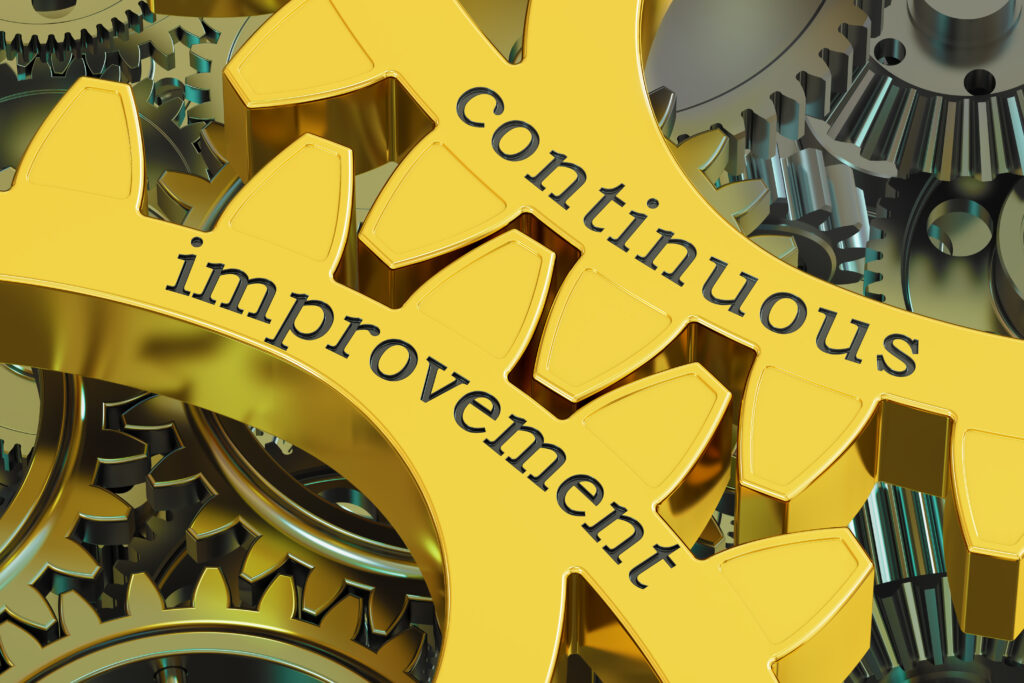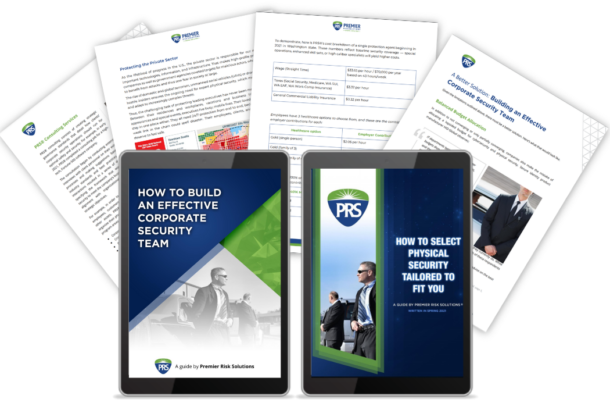Introduction
Often we are asked by those who want to transition into an Executive Protection Agent role what can be expected of the assignment in general terms. While most people paint a picture of very exciting, even alluring, destinations and engagements and sometimes that is the case, we thought we would highlight some elements that are more common occurrences when working in executive protection.
The life of an executive protection agent is far from ordinary. These professionals are tasked with ensuring the safety and security of high-profile individuals, such as CEOs, celebrities, politicians, and other influential figures. Their role goes beyond that of a traditional bodyguard; they are strategists, risk managers, and confidants. This blog post delves into the daily routine of an experienced executive protection agent, highlighting the meticulous planning, constant vigilance, and adaptability required to excel in this demanding field.

Morning Routine: Preparation and Planning
The day for an executive protection agent begins early, often before or close to dawn. The first task is a comprehensive security briefing. This meeting involves the entire protection team, including intelligence analysts and sometimes the client. The briefing covers any potential threats, the client’s schedule, and planned travel routes. This preparation is crucial for anticipating and mitigating risks.
Physical fitness is another critical aspect of the morning routine. Agents engage in rigorous workouts to maintain peak physical condition. This ensures they are ready to handle any physical confrontations and helps manage the stress and demands of the job.
On the Job: Vigilance and Adaptability
Once the morning preparations are complete, the agent’s day truly begins. The primary responsibility is to accompany the client throughout their day, whether it’s attending meetings, traveling, or even during leisure activities. The agent must remain constantly vigilant, scanning the environment for any potential threats. This requires a keen eye for detail and the ability to read body language and behavior.
Adaptability is key. The client’s schedule can change at a moment’s notice, and the agent must be ready to adjust plans accordingly. This might involve rerouting travel plans, coordinating with local law enforcement, or even arranging for additional security measures on the fly.

Core Duties and Responsibilities
The role of an executive protection agent encompasses a wide range of duties. These include:
- Risk Assessment and Management: Continuously evaluating potential threats and developing strategies to mitigate them.
- Protective Advances: Conducting reconnaissance of locations the client will visit to identify and address any security vulnerabilities.
- Close Protection: Staying close to the client to provide immediate protection if needed, all the while not being so close that the client must feel obliged to introduce them when meeting with others.
- Vehicle Operations: Mastering defensive and evasive driving techniques to ensure safe transportation. An executive protection agent may be paired with a security driver, in which case the executive protection agent must coordinate in detail about routes and timing with the driver. Riding right front passenger seat the executive protection agent must be at the ready to take over vehicle control from the driver should a medical incident or other unusual circumstance occur.
- Communication: Maintaining clear and constant communication with the client and the protection team.
Interactions with the Client
Building a strong rapport with the client is essential. Trust and communication are the cornerstones of an effective protection relationship. The agent must balance professionalism with approachability, ensuring the client feels secure without feeling smothered. This involves understanding the client’s preferences, routines, and even their personality.

Downtime and Continuous Learning
Even during downtime, an executive protection agent’s work is never truly done. Continuous learning and training are vital to staying ahead of potential threats. This might involve attending workshops, participating in simulations, or staying updated on the latest security technologies and techniques.
Agents also use this time to review and refine their strategies, ensuring they are always prepared for any situation. This commitment to continuous improvement is what sets experienced agents apart from the rest.
Stress and Pressure Management
The job of an executive protection agent is inherently stressful. The constant vigilance, high stakes, and potential for danger can take a toll. Effective stress management techniques are crucial. This might include physical exercise, meditation, or even hobbies that provide a mental break from the demands of the job.
Conclusion
The life of an experienced executive protection agent is one of dedication, vigilance, and adaptability. These professionals play a crucial role in ensuring the safety and security of high-profile individuals, allowing them to carry out their daily lives with peace of mind. From early-morning briefings to late-night strategy sessions, the work of an executive protection agent is never done. It requires a unique blend of physical fitness, mental acuity, and unwavering commitment to excellence. For those considering a career in this field, it offers a challenging yet rewarding path where every day brings new challenges and opportunities to make a difference.


